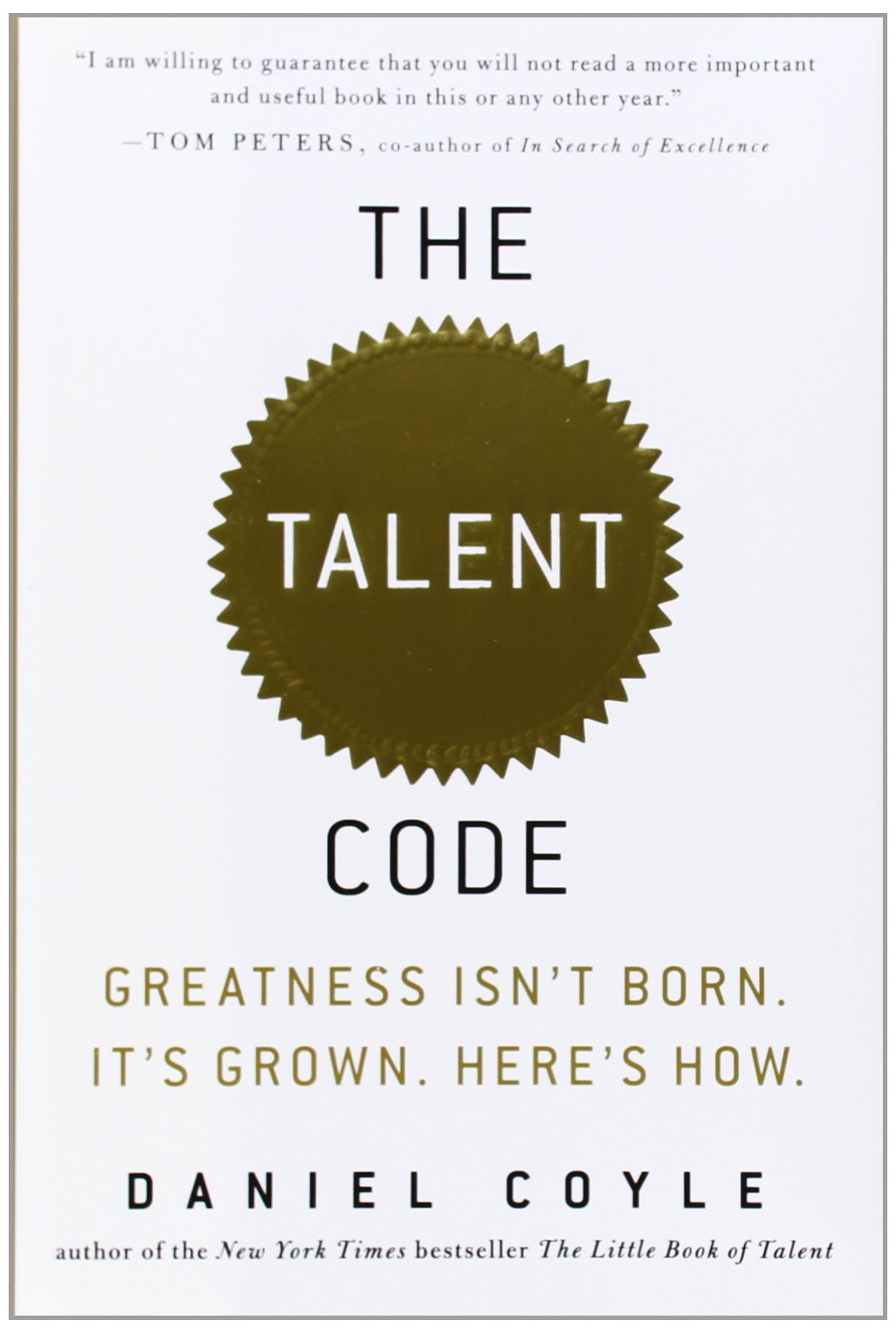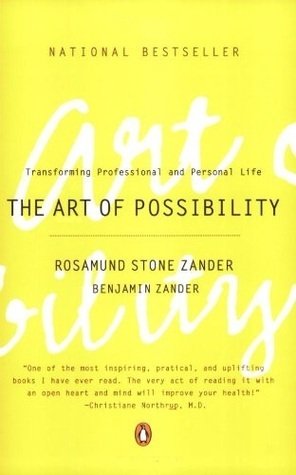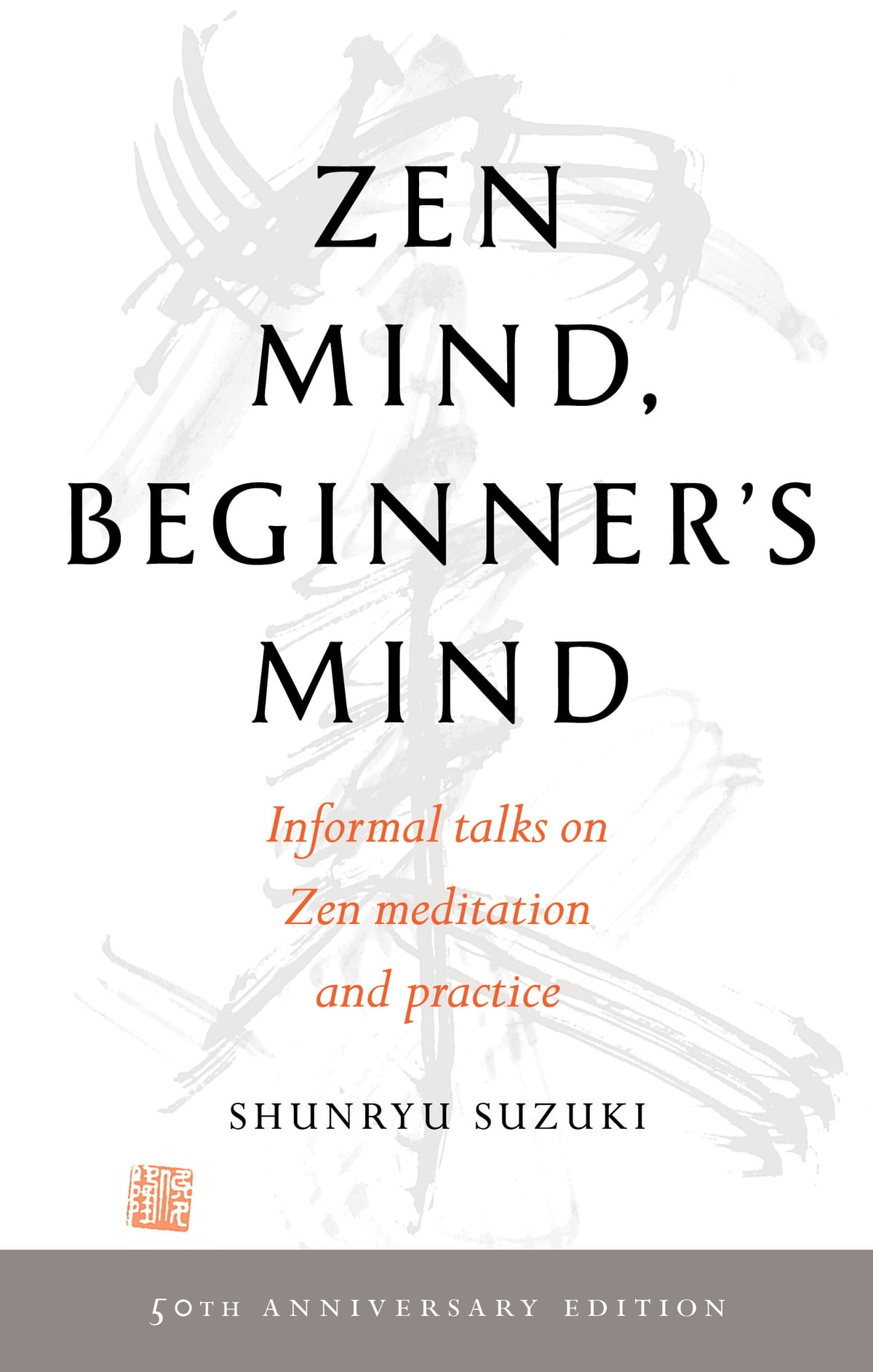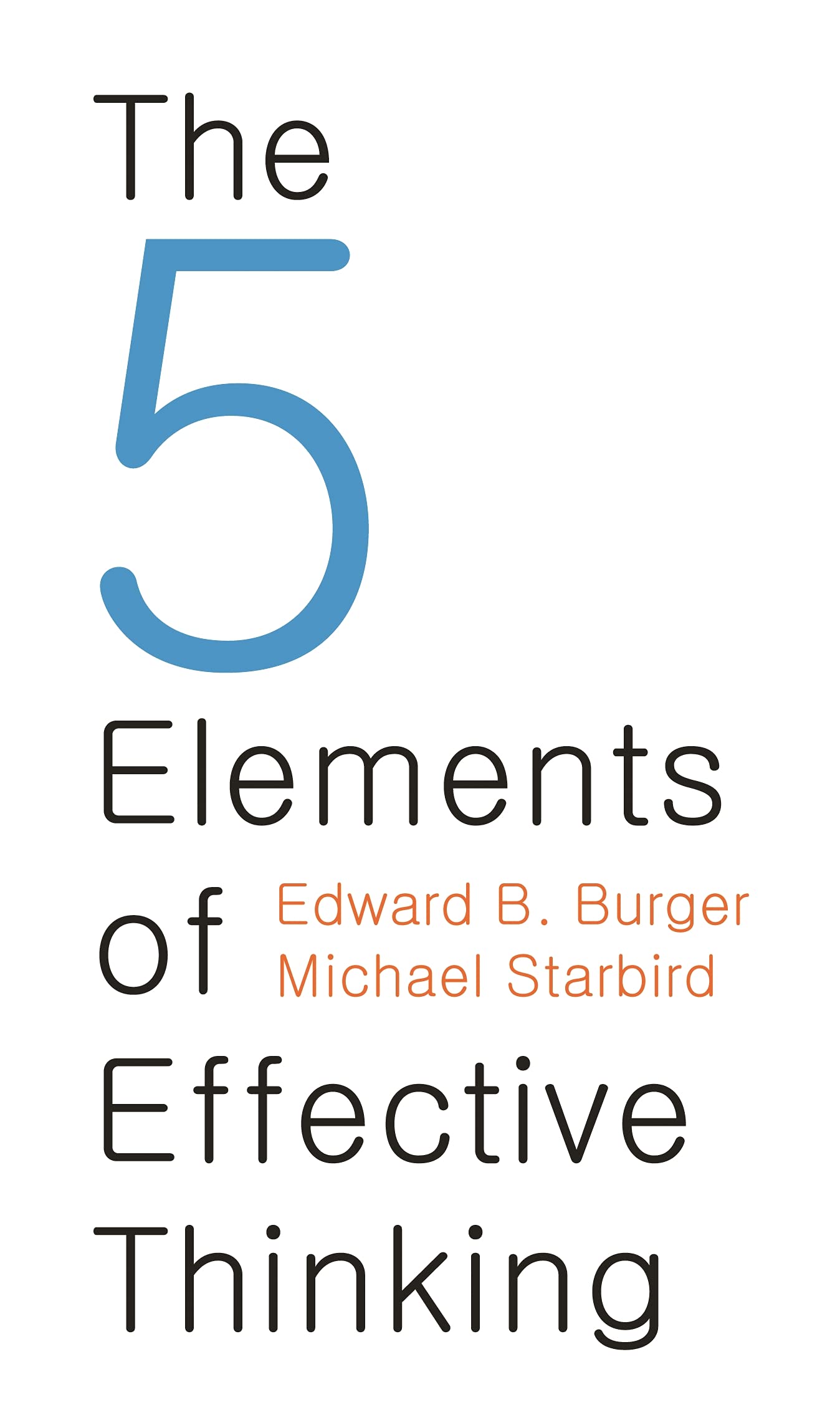The Talent Code
by Daniel Coyle
- Personal Development
- Ashto =
- Jonesy =

What You Will Learn from The Talent Code
The Talent Code is all about understanding talent hotbeds: mysterious talents that seem to bloom without warning. Media coverage tends to treat hotbeds as a phenomenon, but truthfully, they are part of a larger pattern. Consider the composers of 19th Century Vienna, the writers of Shakespearean England or the artists of the Italian Renaissance. The same questions echo in each of these examples: Where does this extraordinary talent come from? How does it grow?
Drawing on cutting-edge neurology and firsthand research from the journeys of nine talent hotbeds, Daniel Coyle identifies three key elements that will allow you to develop your gifts and optimise your performance in just any area. Combining informative analysis with illuminating examples of regular people who have achieved greatness, The Talent Code will not only change the way you think about talent; it will also prepare you to reach your highest potential.
The Importance of Practice
Australian musicians Gary McPherson and James Renwick followed the progress of a particular 13-year-old girl named Clarissa. In a video titled ‘The girl who did a month’s worth practice in 6 minutes’, Clarissa’s trying to learn a new piece: a 1941 jazz tune called ‘Golden Wedding’ by Woody Herman. She draws her breath, plays two notes and then stops. She pulls the clarinet away from her lips, stares at the sheet for a few seconds, and then tries again. This time Clarissa plays seven notes before stopping – she plays the opening tune but stuffs up the last note and immediately stops. She squints at the sheet and starts over from the beginning, making it a little further this time before making another error and returning to patch up the fix.
While it doesn’t sound like much, Clarissa is making incredible progress. McPherson said, ‘She’s got a blueprint in her mind that she’s constantly comparing herself to. Clarissa’s not ignoring errors; she’s hearing them because she already knows how they sound. When she hears the mistake, she fixes them. She’s mastering small parts at a time and building them together to make a whole, zooming in and out all the time, scaffolding herself to a higher level of performance.’
Clarissa is doing the same thing that talent hotbeds are doing on a grander scale. They have tapped into a neurological mechanism in which specific patterns of targeted practice build skills. Without realising it, they have entered a zone of accelerated learning. In short, they’ve cracked the talent code.
Myelin
The talent code is built on revolutionary scientific discoveries involving a neural insulator called myelin, which some neurologists now consider the holy grail of acquiring skill. Every human skill is created by chains of nerve fibres carrying a tiny electrical impulse. Myelin’s vital role is to wrap those nerve fibres the same way rubber insulation wraps a copper wire, making the signal stronger and faster by preventing the electrical impulses from leaking. When we fire our circuits correctly, our myelin responds by wrapping layers of insulation around a neural circuit, each new layer adding more skill and speed. The thicker the myelin gets, the better it insulates, and the faster and more accurate our movements and thoughts become.
Myelin is important for several reasons:
1. It’s universal
Everyone can grow it, most swiftly during childhood but also throughout life.
2. It’s indiscriminative
Its growth enables all manner of skills, mental and physical.
3. It’s imperceptible
We can’t see or feel it, and we can sense its increase only by its magical-seeming effects.
Most of all, myelin is essential because it provides a vivid new model for understanding skills. The more you practise, the more myelin you earn. Myelin development is similar to developing a muscle. If you fire your skill circuits the right way (by trying hard to do things you can barely do in deep practice), then your circuit will respond by getting faster and more fluent once more myelin wraps around it. To sum up, it’s time to re-write the maxim ‘practice makes perfect’. The truth is practice makes myelin, and myelin makes perfect.
Desirable Difficulties
Dan Coyle went on a bit of a treasure hunt, trying to find these talent hotbeds worldwide to crack the talent code. He was trying to uncover what they did differently (and better) than everyone else. When he visited these hotbeds, he noticed an unexpected pattern. He had initially expected to be dazzled by world-class speed, power, grace and intellect. He found these things present, but only about half the time. The other half of the time, he witnessed slow, fitful struggle – like watching Clarissa fumble her way through the clarinet – stopping and starting, making mistakes, going back to try to patch things over, but overall being very messy.
Deep Practice
When we see people practise effectively, we usually describe it with words like willpower, concentration or focus. But when Dan was visiting these hotbeds, these words didn’t seem to fit. Their practice seemed like trying to climb an icy hill in the middle of winter. Instead of sticking to the safe and comfortable gravel path, they sought out the slippery ice patches. They were purposely operating on the edges of their ability to improve their skills.
This type of practice (or what Coyle calls deep practice) is based on the concept of desirable difficulties. Deep practice is built on a paradox: operating at the edges of your abilities where you make mistakes makes you smarter. When you’re forced to slow down, make errors and correct them, you become more swift and graceful without even realising it.
Case Study: Brazilian Soccer Players’ Secret Weapon
Brazil used to be bad at soccer. Before 1958, Brazil had never won a world cup; however, since then, they went on to win 5 of the next 12 World Cups. The new explanation for this rise to success is that Brazilian players started training with a specific tool that improves ball-handling skills faster than anywhere else in the world.
A school soccer coach in England named Simon Clifford was fascinated by the seemingly superhuman skills of Brazilian soccer players. He wanted to find out how they developed these skills, so he set off to Brazil. In São Paulo, he saw many things he’d expected to find: the passion, the tradition, the highly organised training centres and the long practice sessions.
But he also saw things he hadn’t expected. He saw a strange game he’d never seen before. It resembled soccer, but the ball was half the size, weighed twice as much, hardly bounced at all and was played on concrete patches or dirt or wooden floors about the size of a basketball court. Each side had five or six players instead of eleven, and in its rhythm and blinding speed, the game seemed more like hockey or basketball. It consisted of an intricate series of quick, controlled passes and non-stop end-to-end actions.
This game was called ‘Futeball de Salao’ (or futsal), which translates to ‘soccer in the room’. This is where those incredible skills on the soccer field were born. Virtually every Brazilian soccer player plays a lot of futsal. From aged 7 to 12, almost half of the time spent learning to play soccer is spent learning to play futsal. These players would play futsal in their neighbourhoods as kids, and at the Brazilian soccer academies, they would play even more futsal games.
Conclusion of The Talent Code
The best illustration that communicates the sensation of deep practice is babies learning to walk. At first, they can barely stand in one spot. Then eventually, something clicks, and they get to the point where they can all walk normally. Initially, the experience must have felt clumsy, wobbly and uncomfortable (feelings that any sensible person would try to avoid). But the longer the babies remain in that state (the more willing they are to endure the discomfort and permit themselves to fail), the more myelin they get to build and the more skills they get to acquire. The staggering babies embody the most profound truth about deep practice: to get better, it’s helpful for us to be willing (or even enthusiastic) to be bad.








